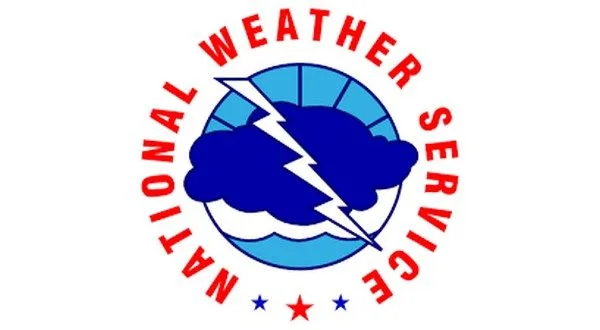
The year 2024 had its share of natural disasters in the Twin Lakes Area, including some tornadoes proving to be deadly. It also ended up being the ninth-wettest year on record, and the only two days of measurable snowfall were enough to put the area above average. In addition, a total of 12 daily records were either broken or tied last year at KTLO, Classic Hits and The Boot, the official reporting station for the National Weather Service in Mountain Home.
The most notable weather event of 2024 occurred during the early morning hours of May 26 when five confirmed tornadoes ripped through north central Arkansas and southern Missouri, and two resulted in the loss of lives. Four fatalities and one injury were reported from an EF3 storm starting nearly two miles south of Bellefonte and ended two miles north-northwest of Summit, and one of the victims was identified as James Duncan, a sixth grade student at Yellville-Summit.
Another EF3 storm, known as the “Briarcliff Tornado,” began nearly two miles south of Yellville and ended eight miles west-southwest of Viola. The lone fatality was identified as 73-year-old Patricia Sontag as her body was located near Salesville. Seventeen others were injured in the storm. The storms also resulted in 2.52 inches being measured at 7 a.m., breaking May 26’s previous record of 2.4 inches in 1939.
Nearly 2 1/2 months earlier, the city of Flippin experienced major storm activity, but no injuries were reported. The storms came through in the late afternoon and early evening of March 14, resulting in more than 20 power poles breaking around Ranger Boats’ headquarters on the city’s north side and the temporary closure of Arkansas Highway 178. There was also a report of an unidentified motorist driving through Flippin when a tree fell on her vehicle and damaged her windshield.
A total of 2.97 inches of rain was recorded at the studios on July 17, breaking the day’s previous mark of 1.2 inches in 1964, but other portions of north central Arkansas saw even more precipitation during that time. According to the National Weather Service, more than 7 inches of rain were recorded at the Marion County Airport in Flippin. Multiple water rescues were conducted in Marion County with several roads being flooded.
In Yellville, water ran into multiple businesses and other locations, including the Springs at Creekside Health and Rehabilitation. All of the nursing home’s residents had to be evacuated and were transported to other surrounding facilities.
Several roadways had to be temporarily shut down in Marion County. The floodwaters washed the Moccasin Creek bridge north of Summit on Marion County Road 8060. Elsewhere, Yellville Mayor Shawn Lane said at one point, he observed flood waters running down Arkansas Highway 14 South and emptying over the bridge down into Crooked Creek.
Rainfall measured on the morning of Nov. 4 was 4.8 inches, making it the ninth-wettest day on record. Twenty-four hours later, another 4.22 inches were measured, putting the two-day total at just over 9 inches. The heavy and long-lasting rain led to flooding, causing damage to area roadways and other points of interest.
There were four other daily rainfall records broken last year. Jan. 9 ended up with 1.46 inches of rain, passing the day’s previous mark of 1.27 inches in 1987. On March 26, 3.4 inches of rain were measured, eclipsing the previous record of 2.49 inches in 2015. The rainfall measured on July 9 was 1.37 inches, breaking the day’s mark of 1.03 in 2015. The next day’s rainfall was 2.25 inches, with the previous record for July 10 at 2.15 in 1929.
The first month of last year ended up being the sixth-wettest January on record at 6.38 inches. The year 2024 also had the second-wettest July at 9.64 inches and the fourth-wettest November at 10.97. The total for precipitation was 62.04, 11.18 inches above the annual average rainfall of 50.86.
Both of last year’s days of measurable snowfall also broke a pair of daily records. On Jan. 15, 4 1/2 inches of snow were measured, tripling the day’s previous mark of 1 1/2 inches in 2018. The 3 1/2 inches on Feb. 13 broke the day’s previous record of 2 inches in 1948. The total snowfall in 2024 was 8 inches, 2/10 of an inch above the yearly average of 7.8.
In addition to the snow, there was another record that was tied on Jan. 15. For the second time, the low temperature that morning was -2 degrees, equaling the day’s previous mark set in 1979. The low for the next day was -1, tying the previous record for Jan. 16 in 2018.
Two record highs were broken near the end of the following month. The first was recorded on Feb. 26 at 77 degrees. The day’s previous mark was 76 in 1981. Two days later, the high ended up being 88. The previous record for Feb. 28 was 80 degrees in 1932.
WebReadyTM Powered by WireReady® NSI










